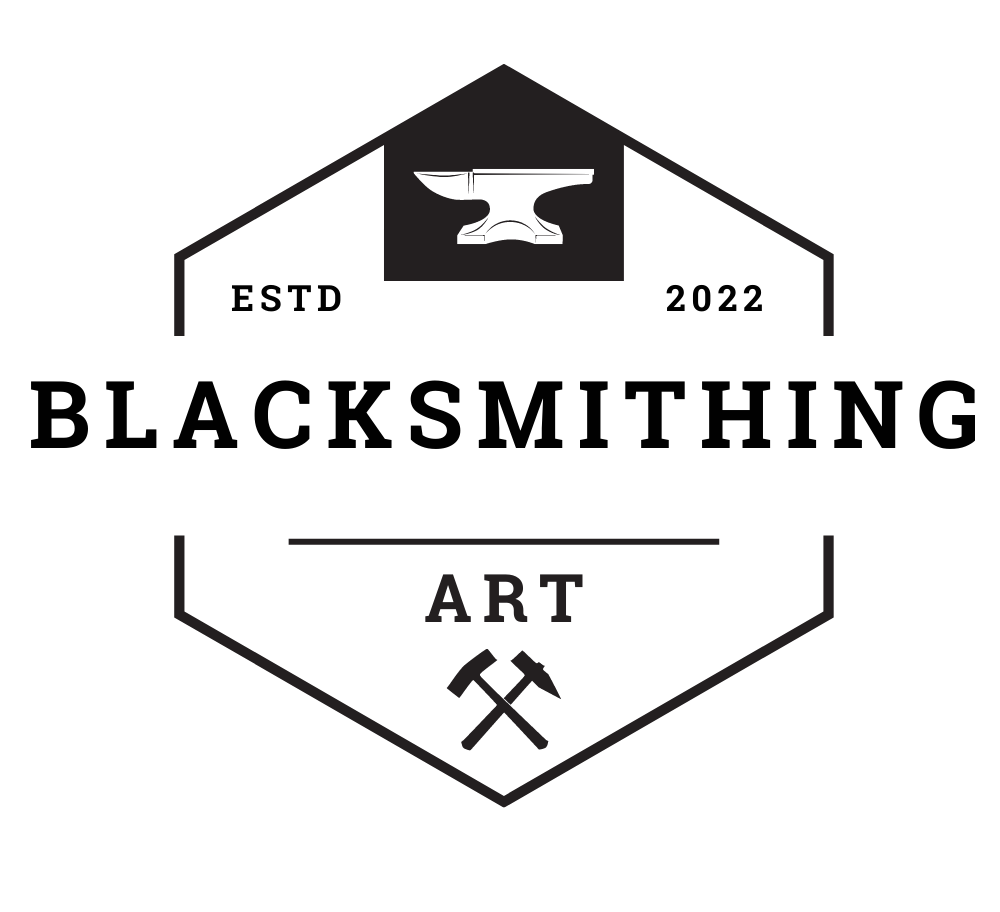Are you considering mending or replacing an old or damaged weld? Since there are numerous types of welding, there are various reasons for removing a weld. This article enlightens you on how to remove welding.
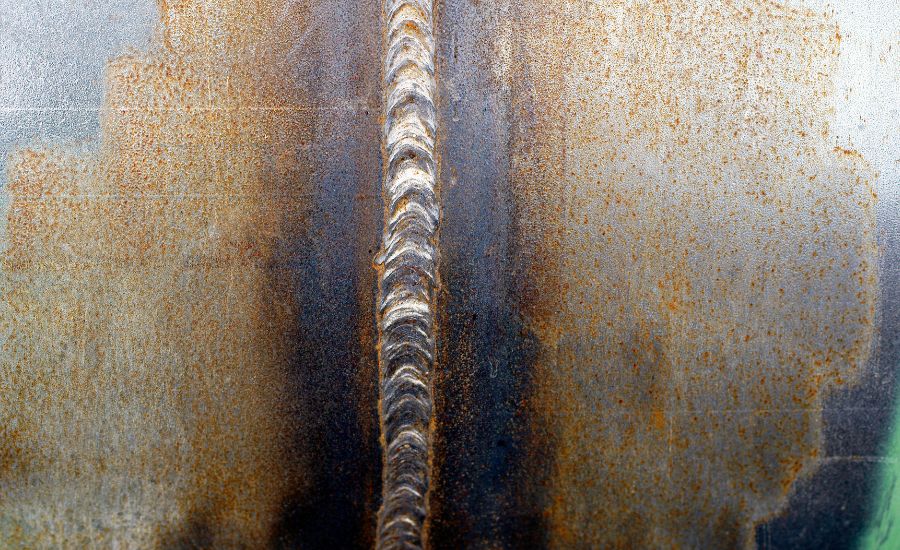
Contents
What is weld removal?
It is a technique to remove welding. There are several reasons to remove a weld because there are various types of welding. Typically, torch cutting, plasma cutting, laser cutting, using a stick welder, circular saws, or oxy-acetylene torches can be used to remove welding.
Poor welding can happen for a variety of reasons. Heat can induce cracking, or it might be that air accidentally entered the weld and caused porosity.
Sometimes bad welding techniques can add to the problem.
There are several indicators of a poor weld including undercutting, thin welding lines, porosity, a lack of homogeneity, cracking, and spatter.
Apart from simply exerting a great deal of tension on the weld, there are a few more techniques to remove welds. The method for removing welds depends on the type of weld you want to remove.
By the kind of weld, you must decide if you’d prefer to remove the welds mechanically or thermally.
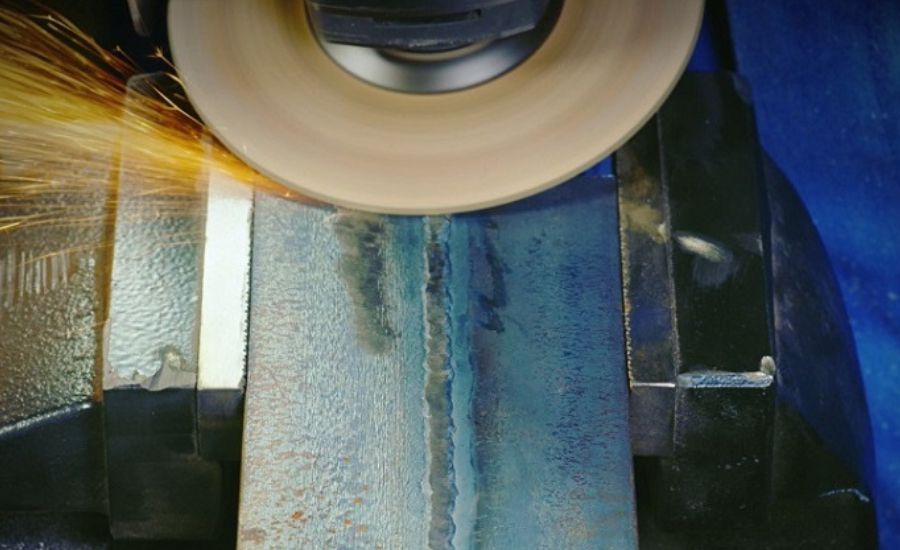
How to remove welding?
You can get welds out using some effective techniques. Let’s expatiate each of them below.
Thermal approaches
As the name implies, welding procedures are removed by applying a lot of heat. Use a plasma cutter or oxy-acetylene torches to complete the task.
Plasma cutting
A plasma cutter is a welding removal device that melts and propels molten metal from a cut using a jet of hot and ionized gas (argon). The procedures of plasma cutting are straightforward and do not involve flammable gases.
The only issue could arise from a lack of plasma cutters. Aside from that, the most ideal method for removing weld joints is plasma cutting.
Start by performing the required safety procedures before clamping the part in a vice.
Switch on the plasma cutter and carefully advance up to the weld spot.
Because of its rapid cutting speed which is far greater than manual torches, plasma cutting can be advantageous since it can undo any deep welds. Plasma cutting is also capable of cutting through a variety of materials with diverse thicknesses.
In addition to plasma cutting being safer and more cost-effective than water jet and laser cutting, it is also simple to use and does not require flammable gases.
Torch cutting
In addition to being able to weld and cut metals, torch cutting with oxygen-acetylene is also useful. Using a cutting torch is quite efficient, but sufficient room must be left on the welding junction to prevent damage to the base metals.
If two welded parts are stacked on top of one another, the cutting torch cuts through the second part.
The slag may pass through once such an operation cleared the way. For this operation, after-treatment procedures would also be necessary. Torch cutting has the benefit of being fast and affordable. The finished metal parts must be thoroughly cleaned after the torch-cutting procedure.
Moreover, more weld operations may be accomplished more quickly and properly thanks to the equipment’s increased power, portability, and cost-effectiveness.
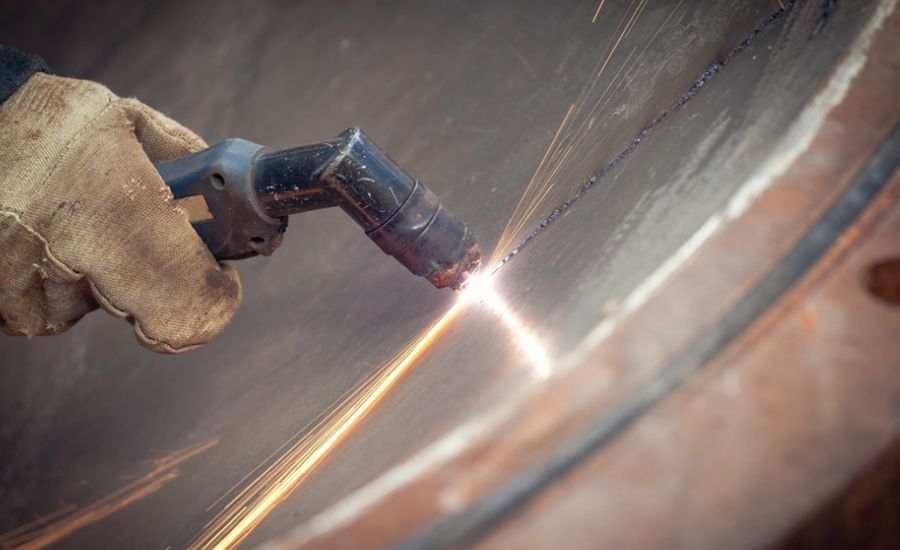
Mechanical process
The cut is made by hand in this approach. Given the kind of weld you are working with, you may only need to use a few steps in the mechanical approach.
When using a drill to complete the separation process, for instance, spot-welded sheets are challenging to manage.
Moreover, you run the risk of harming the base metal during detachment. Drills, grinders, and cutters make up the bulk of equipment.
The advantage of using mechanical weld removal techniques is that you won’t have to invest in pricey equipment. These mechanical techniques have the disadvantage of not being the best at what they do.
The characteristics and joints of the materials can be impacted by mechanical operations, which use a lot of force and sharp instruments. The constituent metals may be destroyed, bent, or distorted, among other things.
Weld removal without the use of grinders
Drilling or a thermal reversal technique employing plasma and oxy-acetylene torches can be used to separate welds without the use of grinders. The initial step is to label the metal at the spot you intend to cut. No special equipment is required; a marker will work just as well.
If you are using a gas torch, you should open the gas tank. The power cord must be plugged in and the torch must be turned on when employing a plasma cutter.
The metal pieces are then held in position and fastened to prevent movement. Clamps are typically used for this. Move the cutting torch, or saw along the line you marked using the marker in the previous step. For precautionary measures and to prevent errors, work cautiously.
Leaving the metal pieces alone until they have cooled after you’ve put your tools away is a good idea. Because of the high heat generated by the machinery you utilize, handling the metals shortly after cutting is quite risky.
Weld removal with grinders or circular saws
Steel and cast iron, can both be cut using an angle grinder. Grinders are also employed to create beveled edges. It takes strong equipment to cut and shape metal parts and create beveled edges. This prevents the base metal from melting.
Avoid cutting the parent metal by only cutting where you’ve marked. To fully remove the weld, it can require multiple rounds.
Pin the panels firmly with clamps or vices. To protect yourself from harm, put on your protective eyewear, gloves, and face shield. Drive your tool inside the metal after plugging in the power cord.
If you exert too much pressure, the cutting disc may break, resulting in a highly dangerous situation. The metal can be removed from the surface gradually by the grinder.
The parent metals should still melt while being sliced, yet once the cut is finished, the heat disappears. The distance you intend to cut should be marked using a marker. You need to buy a new cutting disc if the current one is ruined.
Allow the metal cool down after successfully cutting it. The extremely high heat is caused by friction, not by the grinder.
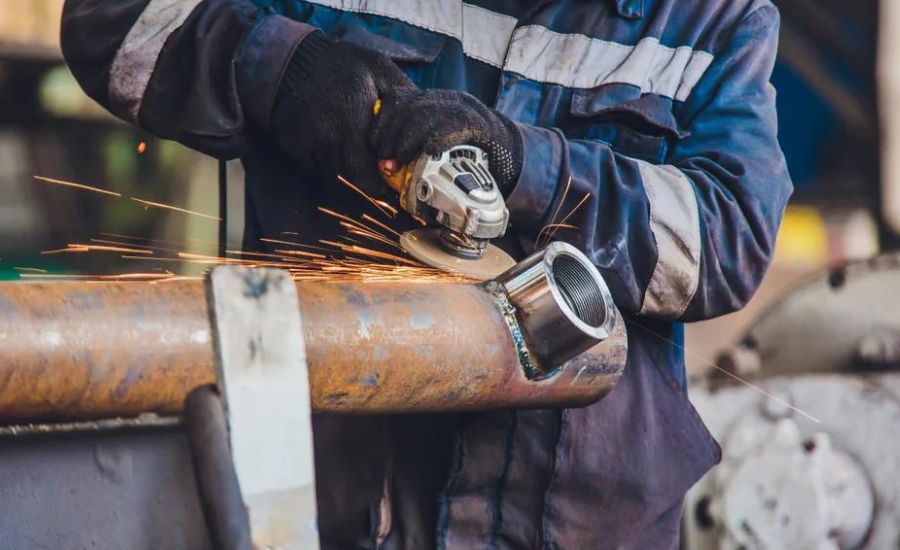
Stick or arc welding
Stick welding or arc welding joins the metal components together and disintegrates the weld.
The metal is melted during this process known as carbon arc welding because of the tremendous arc heat produced at the electrode’s tip. Air steam is released from the melted metal once it has finished melting.
Air-arc welding
Strike an arc on the weld on the arc welding torch. Continually rotate the metal piece as necessary, and based on the gouge’s size, add extra side-to-side movement. Never hesitate to continue moving the electrode ahead and closer to the weld until the arc has been extinguished.
Furthermore, you will notice that the metal is taken aback by the arc as the direct air jet passes from the electrode. As you advance, keep the arc temperature between 35 and 45 degrees.
Welding rods
Selecting the right rods is crucial for the air arc to successfully unite the two pieces of metal. For example, AC rods are used with AC power source welders, and DC rods are used with DC welders. There are various types of rods for arc welding. DC rods are a suitable option for gouging. Longevity, low electrical resistance, and flexibility are some of their advantages.
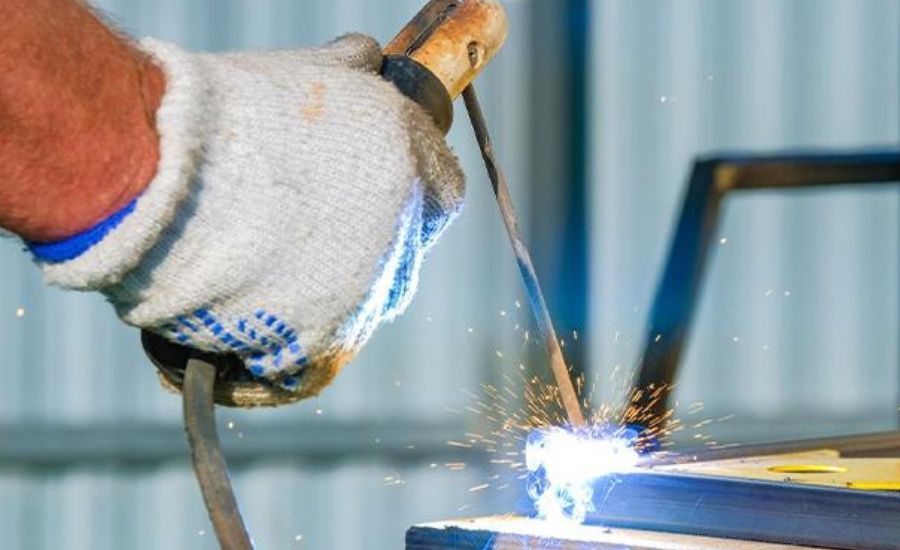
Torches
A welder’s life is not complete without the use of manual torches because they make the process simple and risk-free. One or two nozzles serve as the openings through which gas or plasma jets emerge. Always make sure the cables are covered and installed correctly when purchasing a welding torch.
Gas torch VS. Air-arc gouging
As it’s difficult to keep the location and combination, air-arc gouging needs talent. Nonetheless, air-arc gouging produces successful outcomes if you have mastered the technique. It is significantly simpler to gouge or weld with a gas torch compared to using an air arc.
It’s simple to place and keep clean. It is user-friendly and delivers an excellent outcome. Both the air-arc gouge and the use of a gas torch are disruptive techniques. And gouging virtually demands the same temperature.
These procedures place too much force on the metal, and there is a good probability that they render it worthless if not handled carefully.
Physical technique
Physical removal of the weld is another option if no electrical equipment is being used. There is a chance of physical distortion.
This technique is frequently chosen by laboratories to remove welds. To determine the amount of pressure required, it is crucial to examine the weld quality.
Laboratories typically utilize a variety of equipment to measure force. Furthermore, the strength of the weld is also evaluated by these devices along with how effectively the two metal pieces are welded. Fabricators frequently utilize the strongest hammers available to break a weld in this process out of desperation.
Most often, when attempting to physically remove a weld, several abnormalities take place, and metal bends and becomes worthless. This occurs because welds frequently have too much force than metal pieces in between. As a result, using this strategy is not recommended because it has an extremely low success rate.
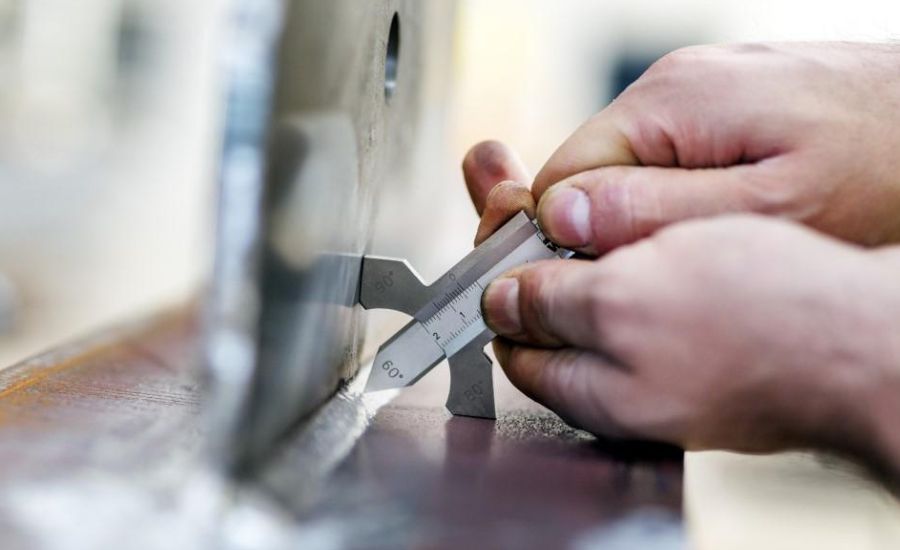
FAQ
What is the best way to remove a weld?
The best way to remove a weld is a question frequently asked by beginner welders who are unsure of the proper way to break a weld bead. The process of welding frequently results in damage. The usage of filler metals may be the source of this, however, it may be quickly remedied using a grinder or metal file.
That depends on the metal’s base. If the weld sheet is strong, significantly more powerful tools will be needed to remove the weld.
Furthermore, it is dependent on the welder’s financial situation and objectives. Plasma cutting is the latest and best approach because it is fully secure and accurate, provided you can afford quality equipment.
What is the best tool to remove weld?
It takes far less time to use a bandsaw or a belt grinder. It slices metal faster than a manual grinder, making it a frequently preferable substitute. Use a grinder with a diamond wheel to cut the weld after marking the area where you intend to remove it.
What is the easiest way to remove spot welds?
The drill bit approach requires the fewest resources because all you require is a drill, a few drill bits and a center punch to remove the spot welded sheets. When choosing a drill bit, consider starting small for most of the removal. Depending on the size of the spot weld, you can alter the bits. You may want to refrain from purchasing the pricey ones.
Conclusion
All of the procedures discussed above are effective and will remove the weld. You must identify the type of parent metal utilized to choose the optimum removal method for a weld.
Furthermore, when removing welds, make sure to follow all safety precautions.
After reading our article, hopefully, you’ll have a better understanding of how to remove welds.
